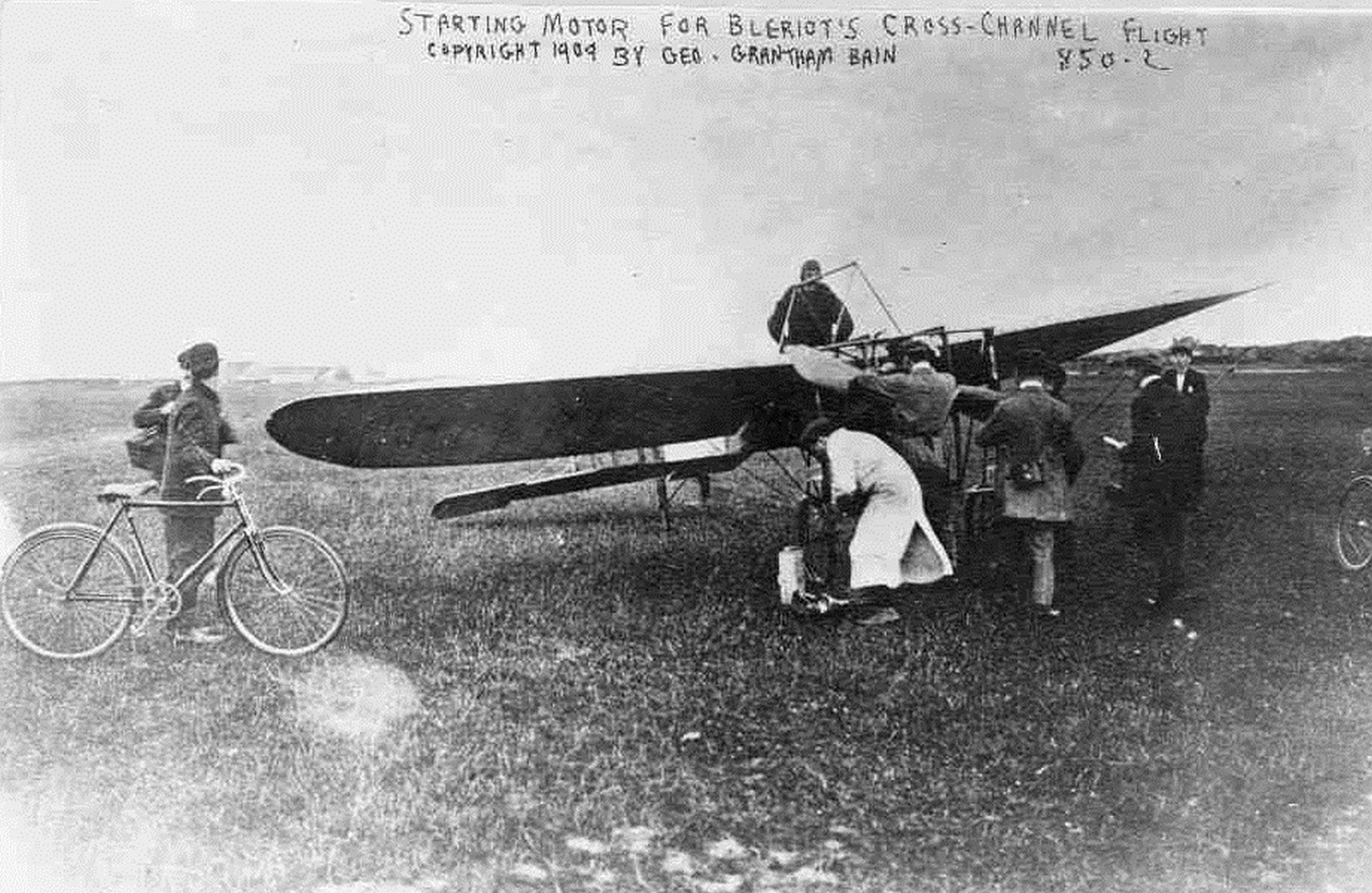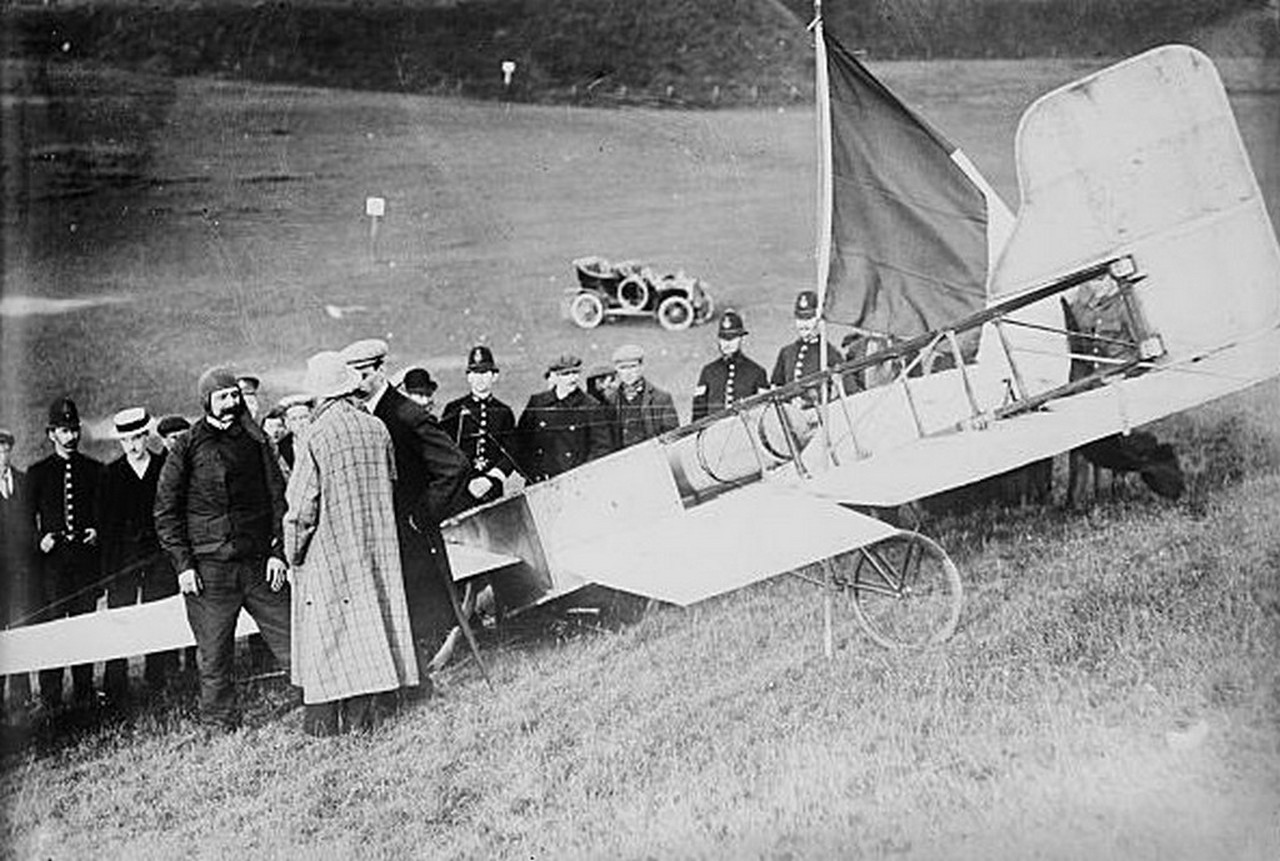The First Flight Across the English Channel: How Louis Blériot Conquered the Skies 115 Years Ago

On July 25th, 115 years have passed since the first historic flight across a large body of water – the English Channel. On that day in 1909, one of the first European aviators, the Frenchman Louis Blériot, flew over the Channel in an aircraft of Type XI. He was far from the first to cross the strait between continental Europe and the British Isles by air. In 1785, this feat was achieved in a hot air balloon by Jean Pierre Blanchard and John Jeffries, and since then, aeronauts had repeatedly made such a flight. However, for aviators, crossing the Channel remained a real challenge.
In October 1908, the leading British newspaper Daily Mail announced a prize of 500 pounds sterling for such a flight within the next three months. However, no one even attempted to compete for it. Then the newspaper doubled the prize (today, this is almost 150,000 pounds).
Now there were willing contenders. On July 19th, Hubert Latham was the first to take off in a monoplane Antoinette IV. However, his engine failed, and he had to land on water, with French Navy sailors successfully playing the role of rescuers.
Then Blériot entered the competition. He had at his disposal the Type XI aircraft, created in collaboration with Raymond Saulnier. It was a monoplane with a truss fuselage partially covered only at the front. For lateral control, wing warping was used instead of ailerons, with a wingspan of 7.8 meters. The aircraft was powered by a 3-cylinder air-cooled Anzani engine producing 25 horsepower. The empty plane weighed 230 kg, with a maximum speed not exceeding 76 km/h.
Blériot took off at 4:41 AM from the beach on the French coast near Calais. He did not have a compass and navigated by the destroyer "Escopette," which provided support for the flight, departing earlier and heading towards Dover, England. Blériot flew at an altitude of over 75 meters, with a speed of approximately 72 km/h. When he overtook the ship, visibility suddenly worsened, and only a vague line of the English coast was visible to the left. Later, the aviator wrote: "For over 10 minutes, I was alone, isolated, lost in the vast sea...".
The wind strengthened, beginning to blow him eastwards. However, there was less than a mile to the shore, and Dover Castle on top of the cliff became distinctly visible. Blériot corrected his course, and soon noticed on the shore the journalist Charles Fontaine waving a large French tricolor. Fontaine had selected a spot near Dover Castle for landing. To descend, Blériot made a circle, then turned off the engine at an altitude of about 20 meters. An unexpected gust of wind threw the aircraft, and it crash-landed. Instead of a flat area, the landing happened on a slope, the undercarriage broke, one propeller blade shattered, but Blériot himself was unharmed. The flight lasted 36 minutes and 30 seconds.
Louis Blériot almost instantly became a national hero, and his plane a true relic. This aircraft has been carefully preserved and is now displayed at the Museum of Arts and Crafts in Paris.

 Fan-page
Fan-page Youtube
Youtube TikTok
TikTok Aviamuseum
Aviamuseum State Aviation Museum
State Aviation Museum



